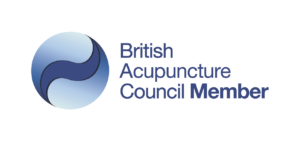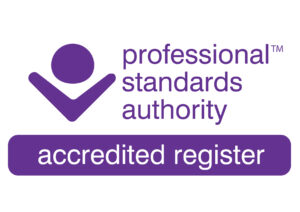Endometriosis is defined simply as the presence of endometrial (or uterine) tissue in abnormal locations such as the overies and fallopian tubes and can affect fertility as well as a woman’s quality of life. The tissue, normally expelled from the body through menstruation travels outside the uterus and implants itself. After implanting, a lesion forms as the endometrial cells proliferate and act as though they are still in the uterus – responding to hormonal fluctuations during the menstrual cycle by thickening, enlarging and bleeding just as in the uterus.
There is no way for this blood to leave the body, so it stagnates at the site. The lesion can inflame and may adhere to surrounding tissues. If the lesion is situated in close proximity to any nerve endings, these lesions can create pain. Additionally the immune system may detect the abnormal placement of endometrial cells and initiate an inflammatory reaction to protect the rest of the body from this perceived ‘invader.’ When the immune system is unable to eradicate the misplaced tissue, it reacts to all endometrial tissue, creating a toxic environment for an implanting embryo. Often the menstrual flow of a woman suffering from endometriosis id dark, brown, clotted blood that has been allowed to oxidize.
How can acupuncture help
Traditional Chinese medicine (TCM) views endometriosis primarily as stagnant Blood and Qi, in other words the Qi and Blood are not flowing freely. If there is an overactive immunological response, there may be an additional diagnosis of either excess heat or damp-heat. Acupuncture can move Blood and Qi, clear heat, help resolve damp and balance one’s overall constitution. Since acupuncture has been shown to increase the levels of Beta-endorphins in the cerebrospinal fluid, it can often relieve pain.
Given time and the proper treatment, painful cramping can be relieved, nervous system will calm, blood flow will improve, reduced inflammation and increased blood flow to the uterus and ovaries can be achieved.
Foods to avoid
Avoid foods that aggravate the Liver such as rich and fatty foods, red meat, eating late at night, alcohol and coffee
Foods to include
Aubergine, amasake, saffron, safflower, basil, brown sugar, chestnut
Reveiw
“Just want to thank Melanie for giving me my life back by helping me with the severe symptoms of fibromyalgia, endometriosis, prolapse pelvis, slipped discs and also since going to see Mel I have stopped all medication, had weight loss and have quit smoking……thank you so much Mel”
Picture credit to Zara Garnett






